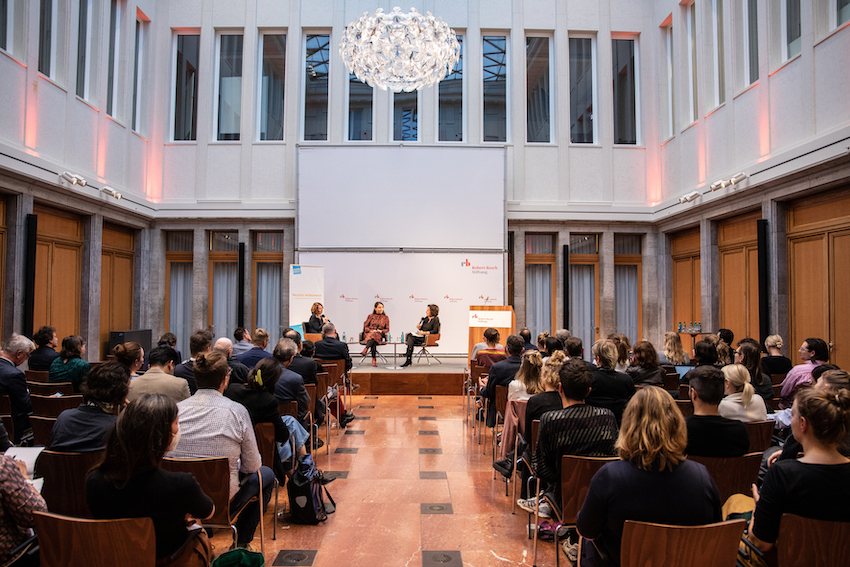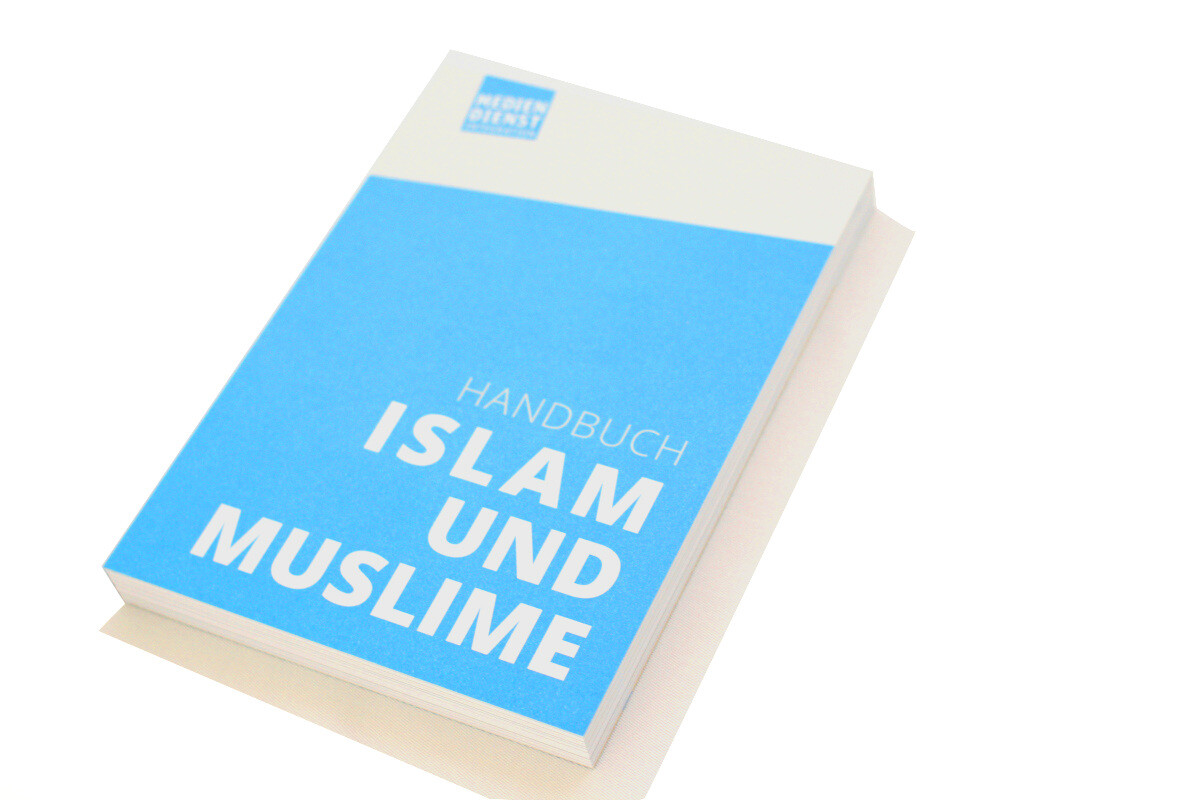The public opinion and knowlegde about migrants and their children is taken mainly from the Internet, television, radio and newspapers. In the past years, numerous studies have shown: the public thinks of immigration in terms of a burden for the welfare state, a cause for conflicts with locals, and a major reason for the problems in school. According to a studyf the University Bielefeld every other participant believes that Germany is alienated and overrun by immigrants. While one in five respondents from western Germany have racist views, 39 percent of the interviewees in eastern Germany share solidified racist opinions, according to the authors of the study “The Center's Breakover”. These attitudes are amplified in regard to Muslims in Germany: 2013 the second study of the Bertelsmann project “Religionsmonitor” confirmed great skepticism towards Muslims. Two in one think of Islam “rather as a threat”.
Scholars point out that the one-sided and negatively biased media coverage, among others, causes these xenophobic or racist views.
The main goals
-
We need to diversify and substantiate the coverage on migration, integration and asylum. By consulting and supporting media workers and journalists we seek to shift coverage from portraying “perceived truths” to narrating based on empirical facts. Our service aims to support media workers in understanding the complex data, supporting them in their ability to intervene in debates on migration and integration – with the ambition to ultimately illuminate and substantiate the discourse on cultural diversity.
-
We need to point at antigypsyism in the media discourse and inform about Roma groups. This topic will receive wide attention in Europe in the future because of questions concerning migration and borders within the EU. It is also a topic that is going to cause much conflict and debate – on a European and on a local, national level. Antiziganism is going to rise if the media will fail to portray Roma in their full diversity.
-
We need more perspectives and experts. There are numerous “blind spots” in debates about immigration. Editorial staff have a tendency to always talk to the same experts – due to time restrictions and limited knowledge. The discourse has stagnated in the course of the past years because of that. We are therefore going to provide new impulses for the agenda, present new faces and serve as a platform for interesting projects.
The Media Service Migration works at the nexus of journalism, science and politics. It intervenes quickly in debates on immigration and integration by giving current statements and information. Referring to media coverage, it edits and prepares empirical data and scholarly insights for journalists and publishes them via Internet – accessible for everybody for free.
The Media Service Migration keeps in touch with a broad network of institutions, organisations and experts that share their information and research with us and in return benefit from the publicity of our platform.
How do we reach our goals?
-
The Media Service Migration connects journalists and media workers with experts. We have built a wide expert-database with contact information. Today, this service is so well known that we receive calls and requests on a daily basis.
-
The Media Service Migration cooperates with scholars and features their statements and articles on its website.
-
We provide fact-checks, dossiers, and data in a format that is geared exactly towards the needs of journalists.
-
We host press roundtables with experts to current topics such as “segregation in schools”, the aftermath of the federal court’s trial decision to ban headscarves, and more.
-
Our additional service is a weekly newsletter that collects alerts on topics and events that will come up during the week. By now, this newsletter has 1000 subscribers (journalists, politicians, government officials).
-
We showcase current good practice projects via social media.
-
We organize thematic tours for journalist where they can talk to actors and experts. In 2013, we offered a tour on “Roma groups in Berlin” and “How does the decision on asylum work”.
-
We serve as a role model for others in our own coverage. Special attention is paid to our choice of pictures that accompany the articles. Our picture and image policy is to depict immigration beyond patterns of cliché and prejudice.
Who do we want to reach?
The main target group of this project are journalists and the editorial staff of German media outlets. However, NGOs, scholars and politicians benefit from the information and use them as well. The Media Service Migration reaches out to those groups by the means mentioned above.
To cater to the needs of journalists, we talk on a regular basis to the members of the Media Service Advisory Board. The committee members include journalists from ARD, ZDF, WDR, RTL, FAZ, Die Zeit, Süddeutsche Zeitung, Die Tageszeitung, BILD as well as the President of the Federal Office for Migration and Refugees. The board members share their needs for further information, give advice in new ventures and accompany the project both by their support and criticism.
Drawing a balance
Our experience since 2012 shows a wide interest in this project and that our service is in demand among journalists. During the first 12 months both the visits on our website and the press requests have constantly risen. The Media Service Migration has intervened in debates many times. For example it rectified a statement of the German “Städtetag” – an association of German city councils. The Media Service Migration responded to a paper on the problems of “migration due to poverty from Romania and Bulgaria” in which they used faulty numbers. The association did not consider emigration of Romanians and Bulgarians and had subsumed students, employees in jobs subject to social insurance contribution and seasonal workers as "working-" or "poverty migrants".


